
On the morning of this day in 1876, (Lieutenant Colonel George Armstrong) Custer's scouts told him that a gigantic Indian village lay nearby in the valley of the Little Big Horn River. Custer dismissed the scouts' claim that the village was extraordinarily large-certainly many thousands of Indians-as exaggerated. Indeed, his main fear was that the Indians would scatter before he could attack. Rather than wait for reinforcements, Custer decided to move forward immediately and stage an unusual mid-day attack. As the 7th Cavalry entered the valley, Custer divided the regiment of about 600 men into four battalions, keeping a force of 215 under his own command.
In the vast Indian encampment (historians estimate there were as many as 11,000 Indians), word quickly spread of the approaching soldiers. Too old actually to engage in battle, Sitting Bull rallied his warriors while seeing to the protection of the women and children. The younger Crazy Horse prepared for battle and sped off with a large force of warriors to meet the invaders.
Read the rest here.
I highly recommend two books on the subject of the The Battle of Little Big Horn. The first is Nathaniel Philbricks's, The Last Stand: Custer, Sitting Bull, and The Battle of The Little Big Horn. The other is one of my all-time favories ... Stephen E. Ambrose's Crazy Horse and Custer: The Parallel Lives of Two American Warriors. Both are well-researched accounts told by master storytellers.
Here's an interesting article by Jack Pennington at the The Little Bighorn Association's site rebutting Philbrick. This site is fantastic.
Thanks, Jess.








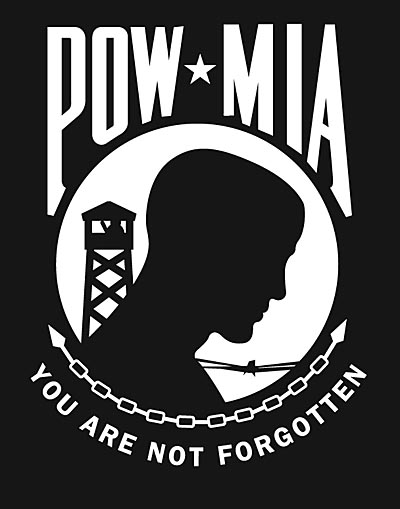






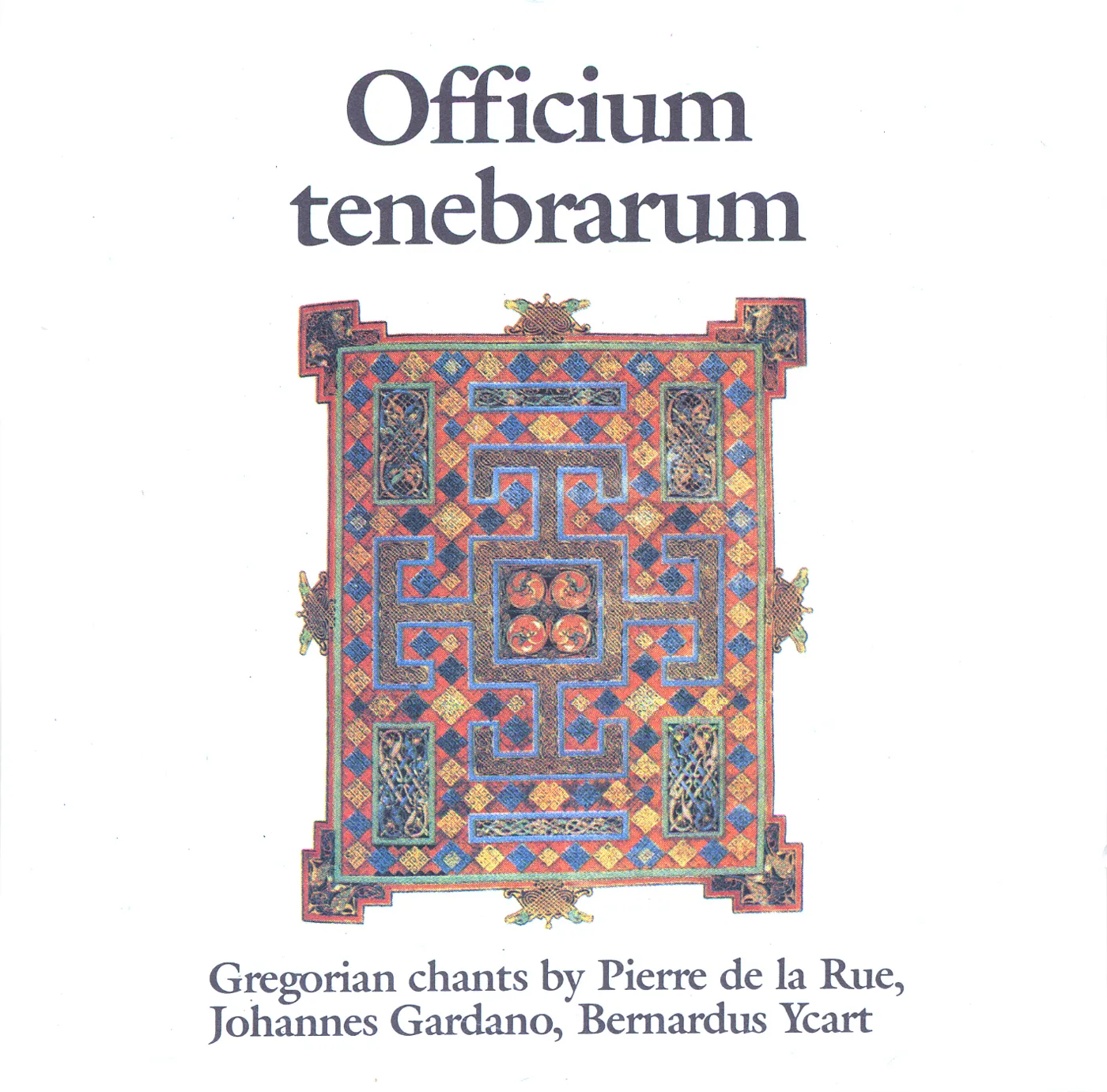





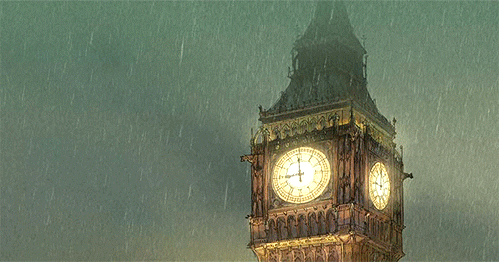



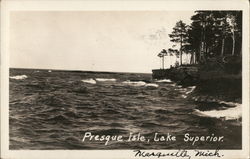

















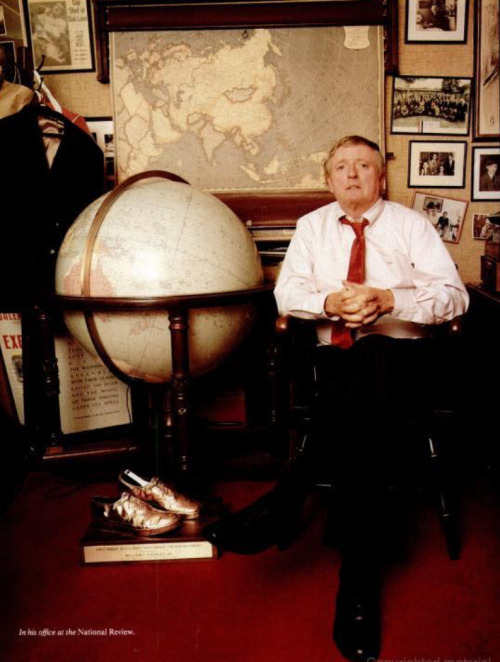

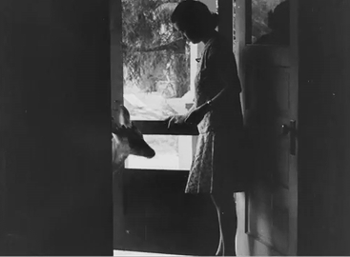





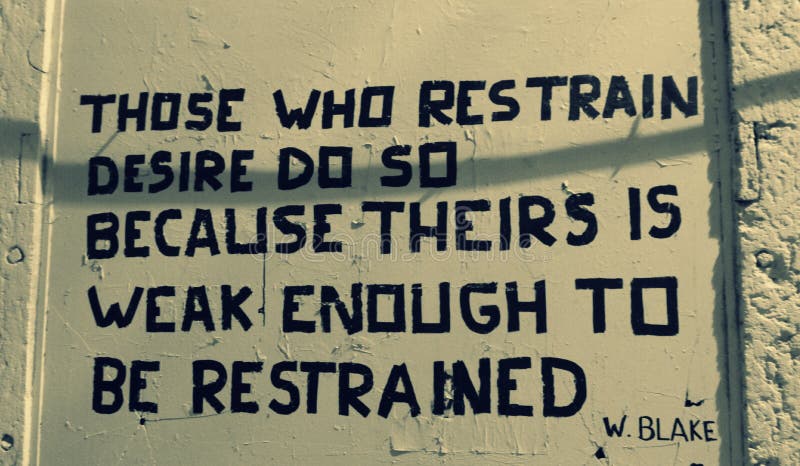






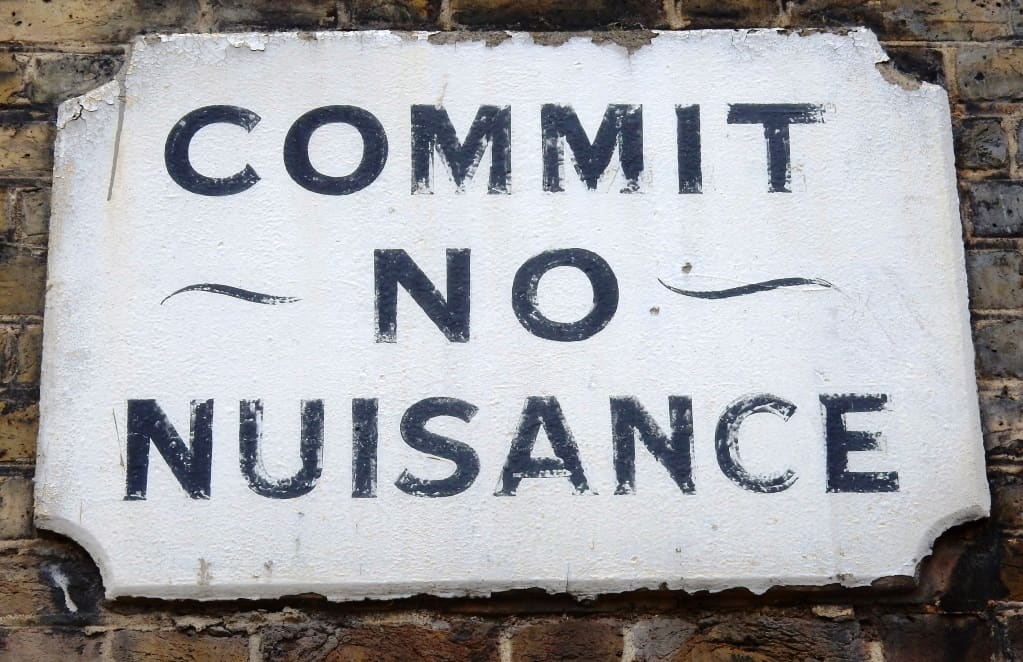
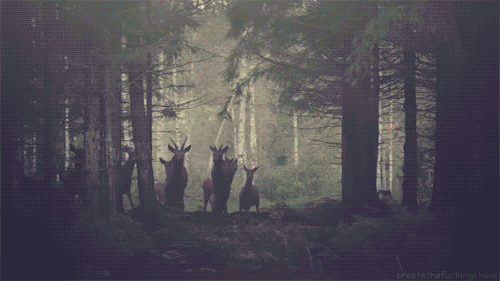
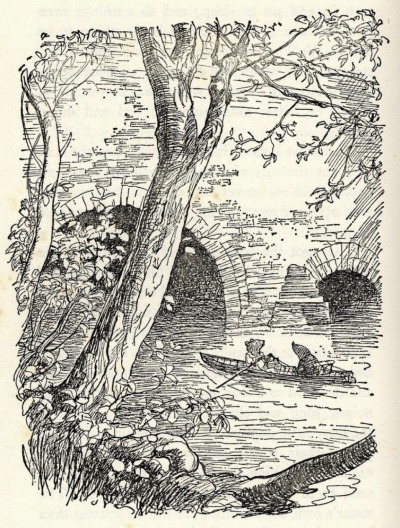
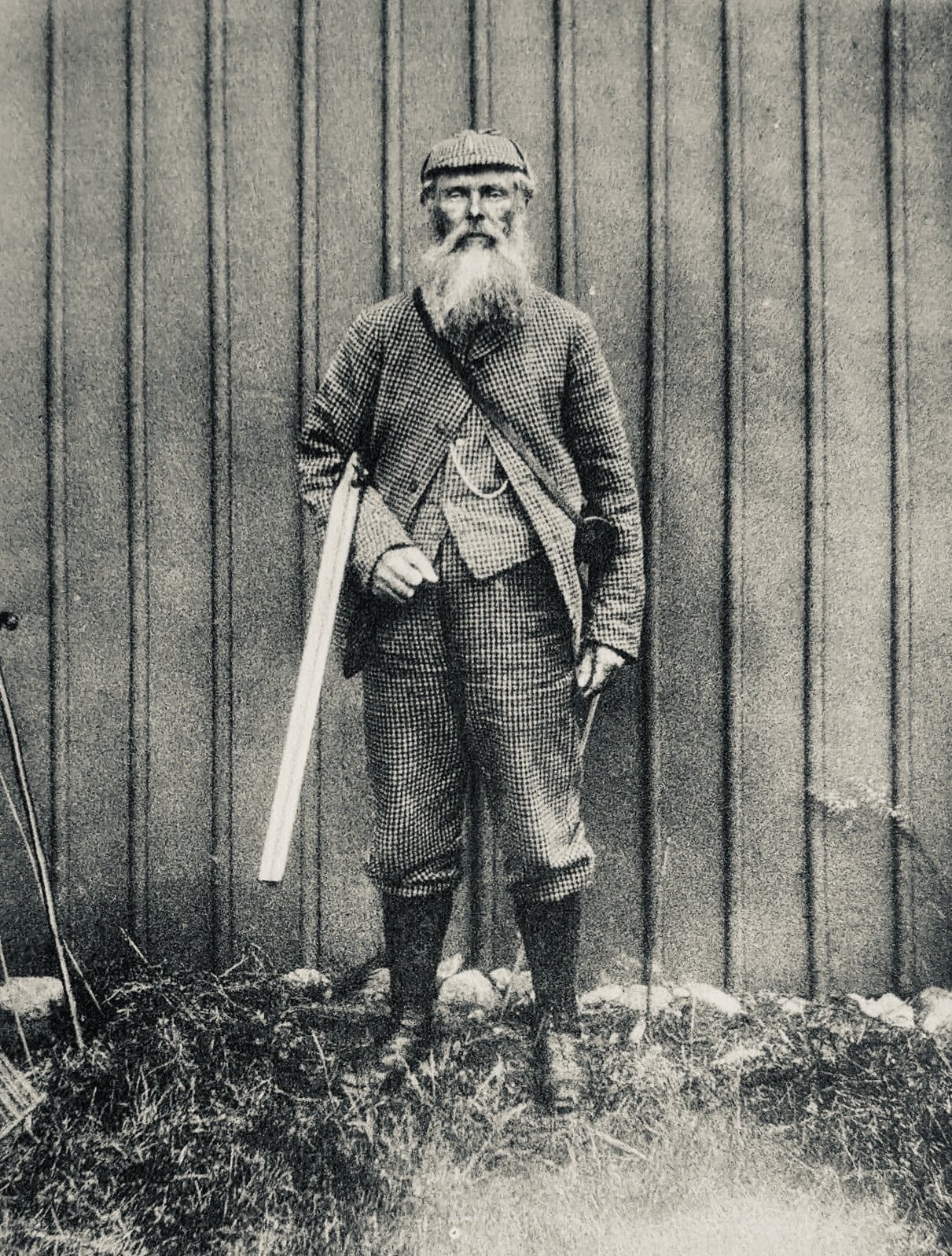




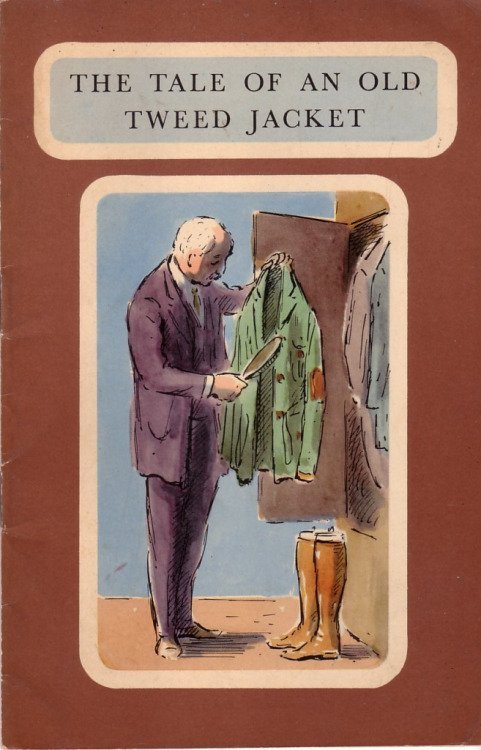












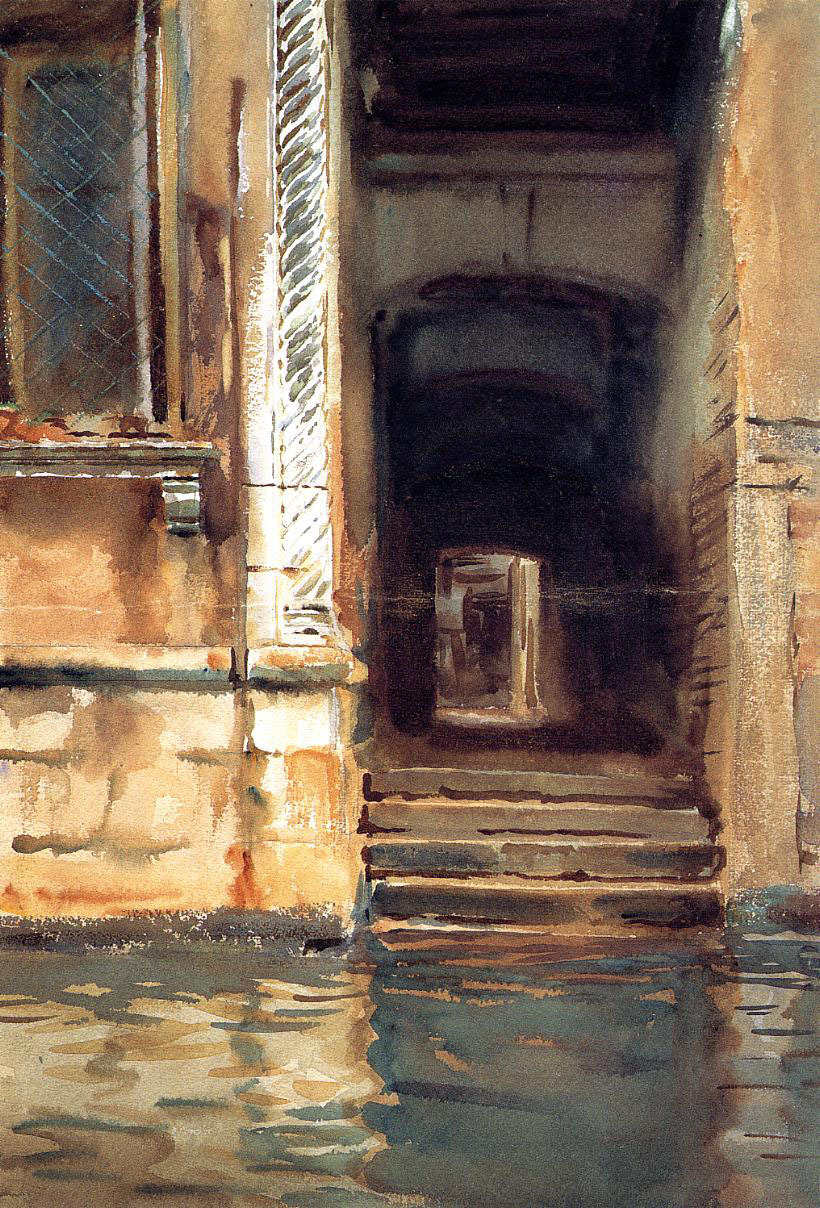

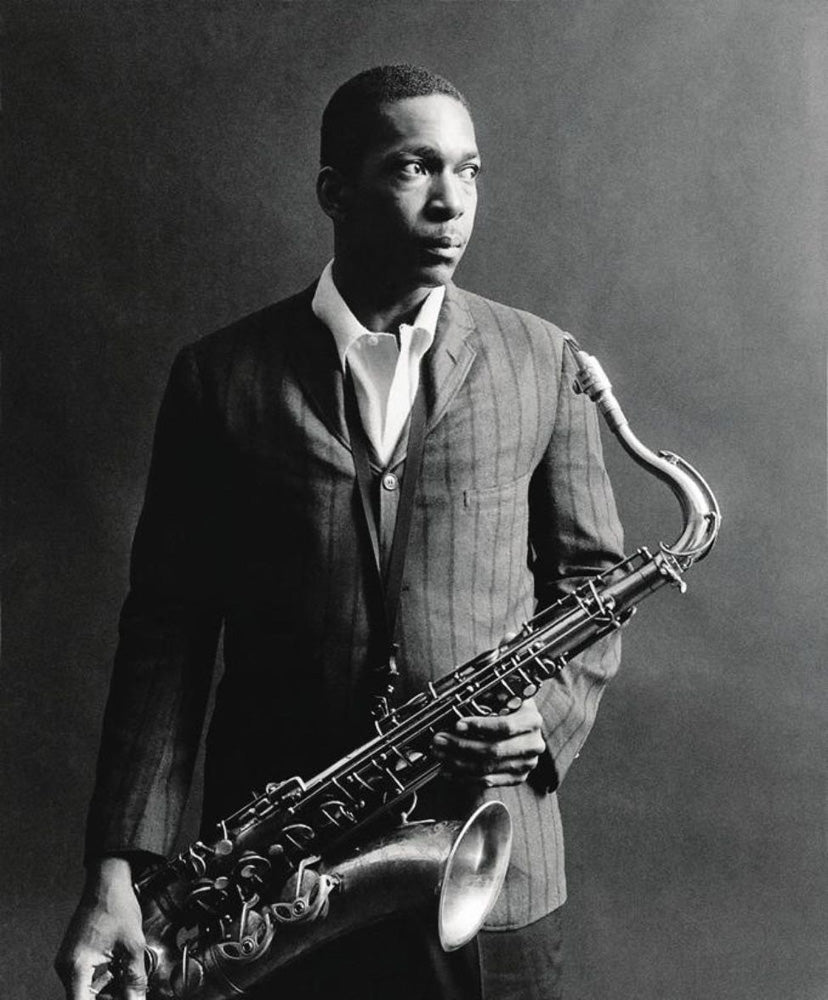










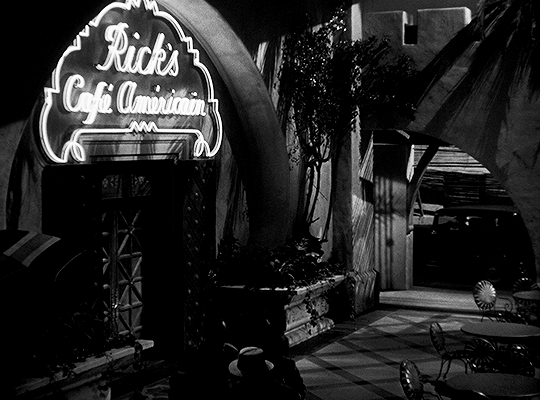




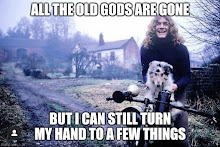
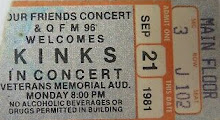















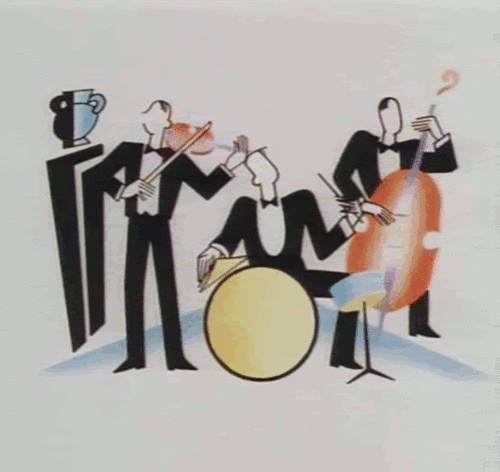









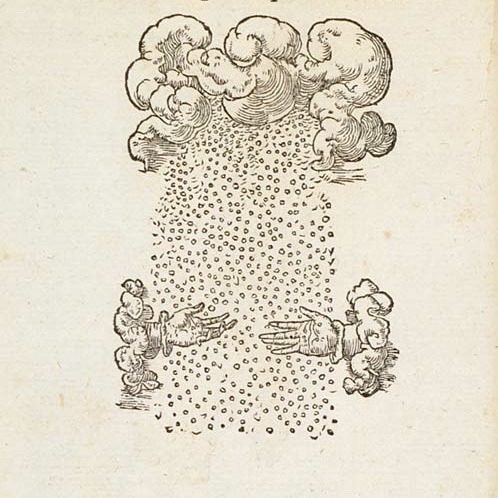


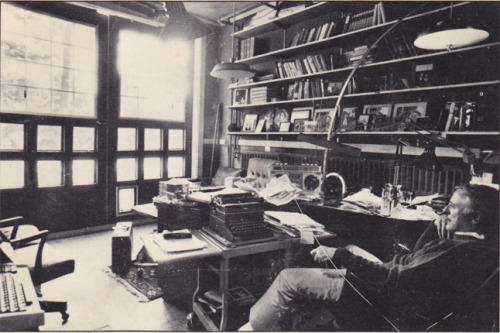
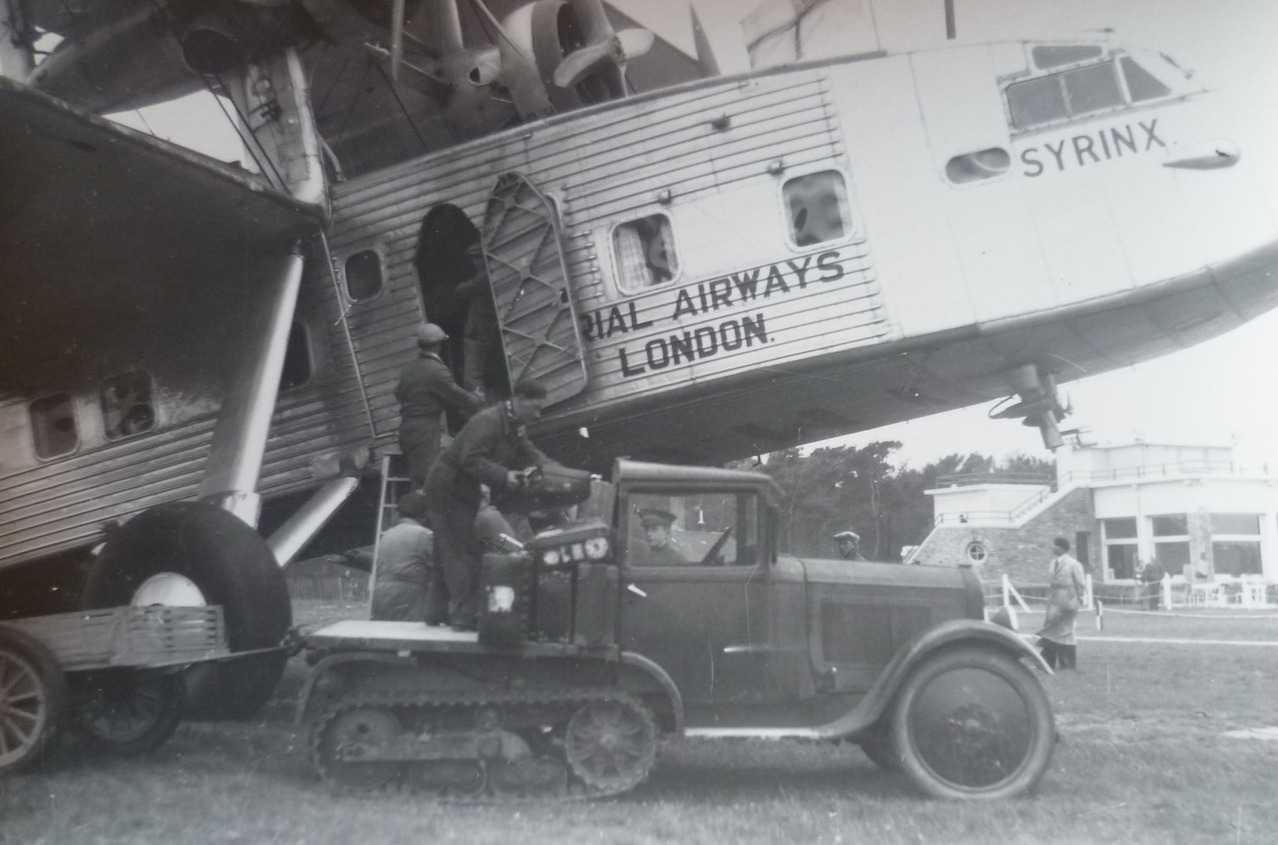

























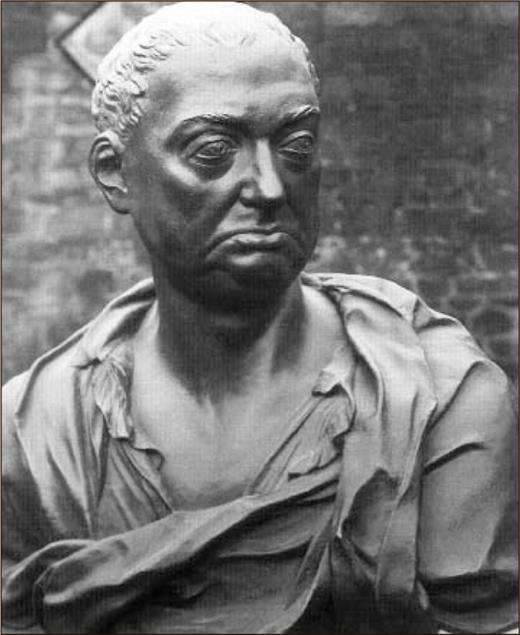












No comments:
Post a Comment